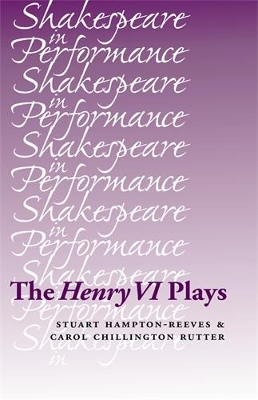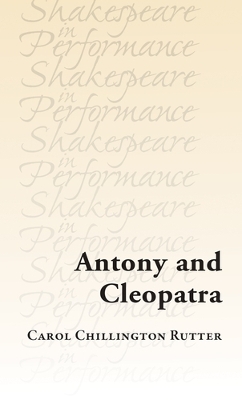Shakespeare in Performance
2 total works
The Henry VI plays are Shakespeare's earliest, most theatrically exciting plays and in their day, they were among his most popular works. In a story which stretches over thirty years, Shakespeare dramatises the fall of the House of Lancaster and creates some of his most compelling characters, among them the Queen Margaret and the wildly ambitious Richard, Duke of Gloucester (the future Richard III).
Modern productions have become landmark works that have defined institutions such as the Royal Shakespeare Company and the English Shakespeare Company. This book, the first major study of the Henry VI plays in performance, focuses on the cultural context of modern British productions on stage and screen which have explored Shakespeare's troubling depiction of England in crisis and related those themes to contemporaneous questions of national identity.

